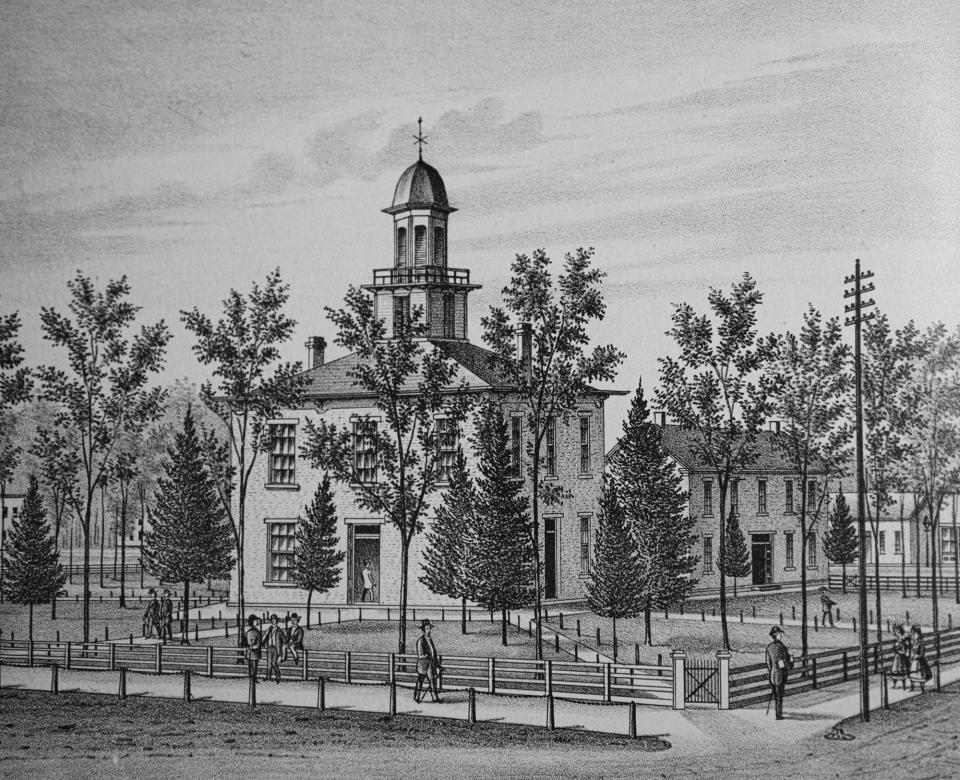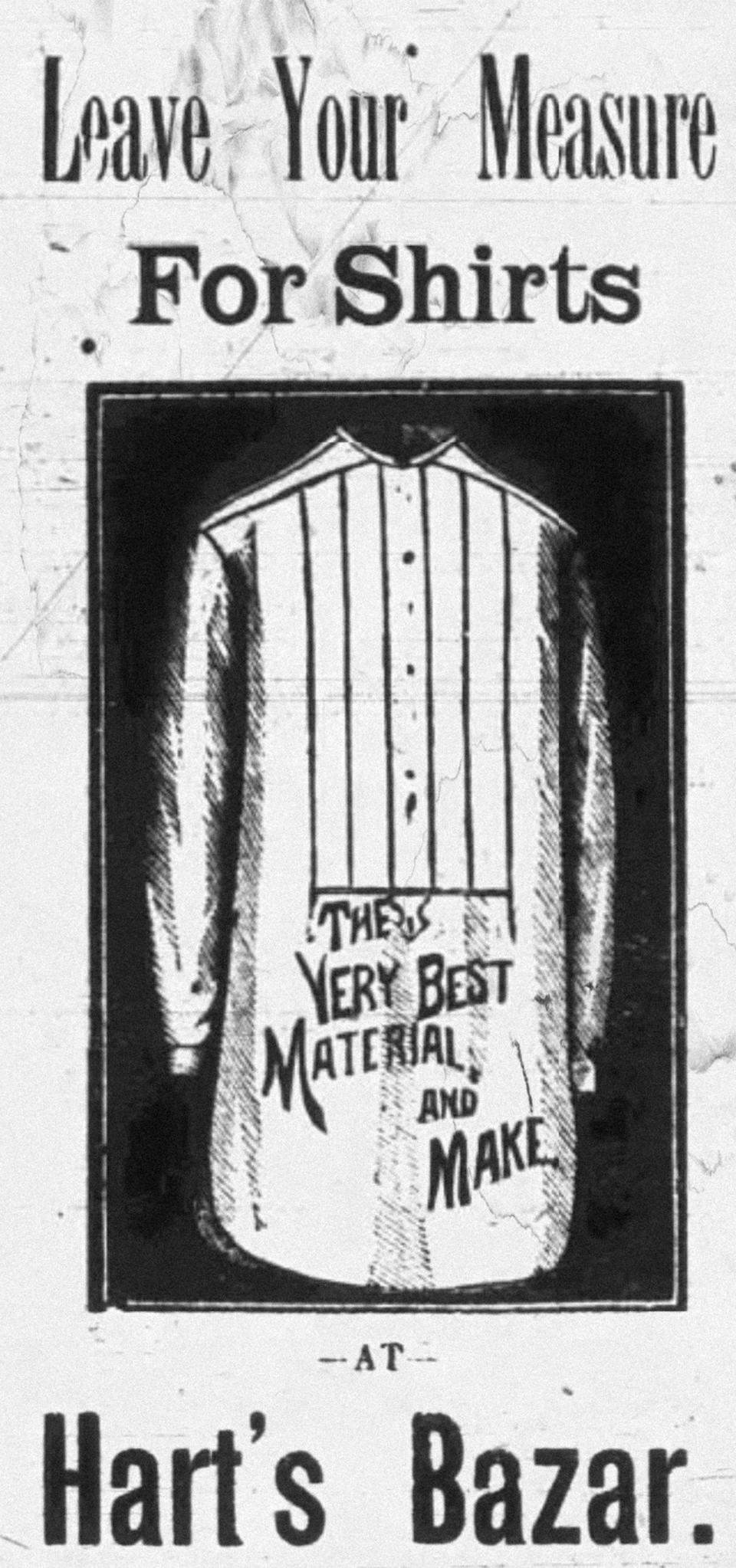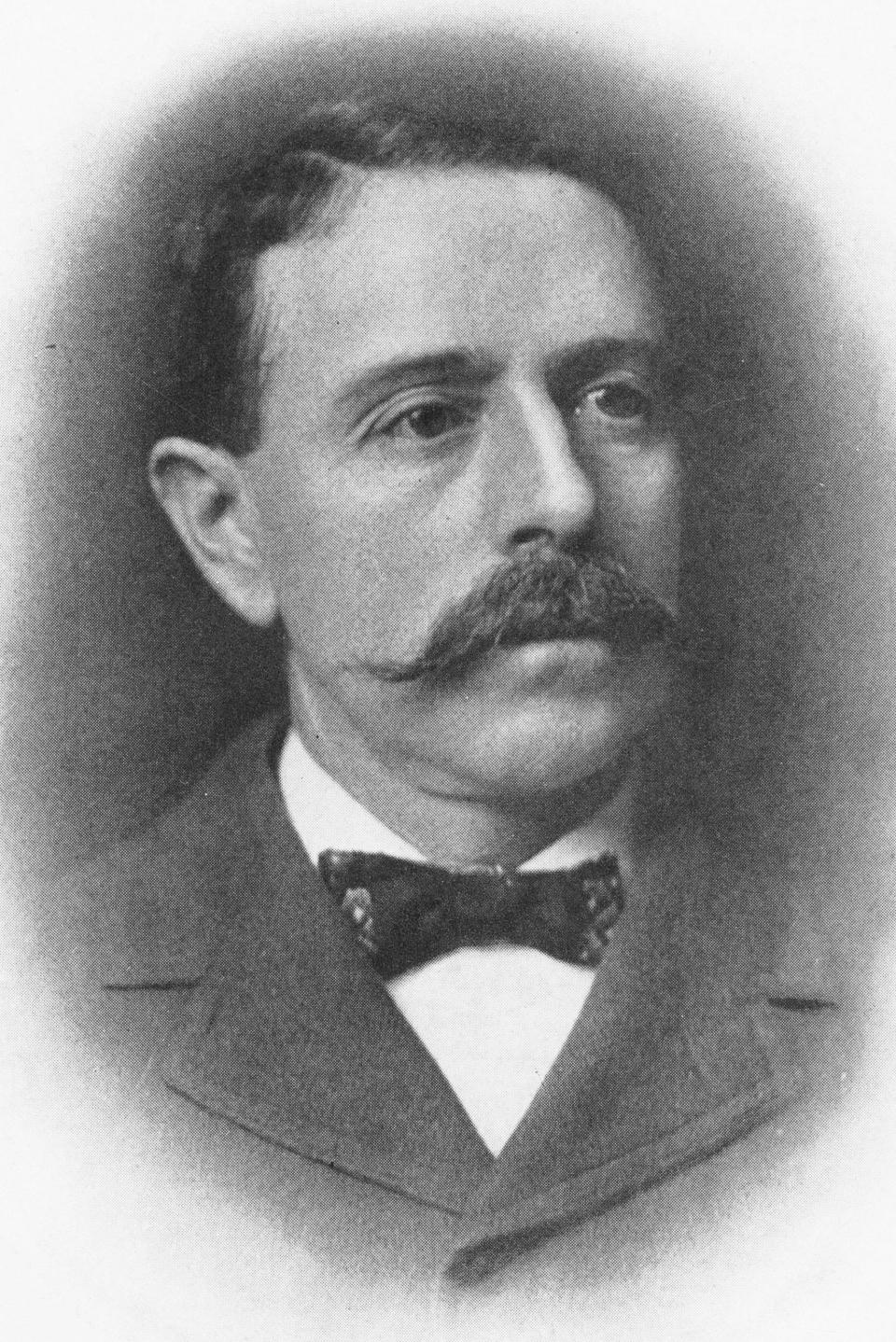ByGone Muncie: The Epic Fourth of 1884
MUNCIE, Ind. -- With the addition of Juneteenth, the time between Memorial Day and Fourth of July has become a stretch of grand public holidays.
All three observances have long histories of ambitious commemorations in the United States and our community is no exception. In the decades following the Civil War, Munsonians observed Memorial Day with downtown parades and remembrance ceremonies at Beech Grove Cemetery. Freedom from slavery was celebrated by Munsonians in the late 19th and early 20th centuries as Emancipation Day, which of course was revived locally in 2020 as Juneteenth.

As for the Fourth of July, Munsonians have venerated the day for as long as written records exist. The Muncie Morning Star wrote in 1884 that “there was once a time, when the Fourth of July was a day for meditation and rejoicing by old and long since silvered heads … but in the minds of people to-day, the day has passed into one of rejoicing without serious feelings of long ago.”
In that year, Munsonians orchestrated an epic, day-long celebration involving a parade, day and night time fireworks, fancy balls, and a series of competitions befitting 19th century Muncie. Heavy rain the day before broke an oppressive heat wave, making the Fourth delightful for anyone spending the day outdoors.
By early morning, Munsonians and visitors from around east-central Indiana had packed downtown in anticipation of the parade. The Star wrote that “at an early hour the streets were thronged with people. The rain of the night before had soaked the harvest field and work in that line was impracticable, and people from the country - the city’s guests - flocked in from every direction, while the trains were loaded down.” Days later, the railroads noted that while many people came into the city, “very few Muncie people left to spend the day elsewhere.” The paper estimated that 12-15,000 people thronged the city’s streets.

The parade began about 9:30 a.m. and included the day’s officers, Manvelt’s Band, marching members of the Improved Order of Red Men (a fraternal organization), a military band, the Grand Army of the Republic (Union veterans), artillery pieces, the Muncie Fire Department, and something called “Rag Tags and Bob Tails.” This menagerie of late-19th century Muncie was followed by dozens of floats, each featuring a display sponsored by a local business, such as Charlie Hoover’s Cigars, Hart’s Bazaar, and C.M. Kimbrough’s Books.
Boosters offered entertainment throughout the city after the parade, while bands set up strategically across downtown to provide music. Muncie Gas Co., the city’s coal-gas street light utility, sponsored a barbecue of roast ox. The Star wrote that “the sight of the juicy beef done to a turn, will make every body’s mouth water.”
For those interested in testing their hunting prowess, the Muncie Gun Club hosted a trap and skeet contest at Wysor’s Bottoms. Baseball fans could catch the Muncie PolkaDots cross bats with the Union City Club at the Willard Diamond on South Walnut Street. Muncie won, 8-4.
Pyrotechnics were on display throughout the day, “fireworks and paper balloons with designs representing elephants, pigs, etcetera” were released along with “several fine Japanese bombs, which on arising to a great height, exploded, freeing tissue figures” that floated in the air.
On the courthouse square, spectators could enjoy a fancy bicycle performance or take part in the greased pig chase. Frank Cottrell won $5 in the sack race on Main Street, while Charlie Hanley prevailed in the greased pole competition, securing a $2.50 gold piece from the top.

The pinnacle of the day was the fireworks display at sundown. Around 8:00 pm, merrymakers formed a massive crowd at Main and Walnut. The view was unobstructed “from Patterson’s corner east and west, and north almost to Washington street.” The fireworks stand was erected on the square southeast of the courthouse.
“As darkness began to gather,” the Star told readers, “small rockets were sent up both from the stand and from about the business portion of the city, and roman candles, mammoth crackers, wheels, squibs and fancy pieces.” From the stand “a number of set pieces were sent off … one of which, the tree of Liberty, was gorgeous. Blue lights, red lights, green lights flashed from the corner and house top and the display was brilliant in the extreme.” The exhibition ended around 10:00 pm.
'Very pleasantly to all concerned'
Munsonians hosted two balls to close out the night. Willis Davis offered the city’s African American community a dance at the Neely Building, “the affair passed off very pleasantly to all concerned.” Another ball at the Patterson Block was poorly attended, but “was nevertheless very delightful.”
However, “the day did not pass over without some serious accidents.” Two people were badly injured during the evening’s fireworks display when a rocket went sideways into the crowd, catching two spectators on fire. Jennie Porter visiting from Snow Hill was “horribly burned about the breast, stomach, side and arm, the skin pulling off with her clothing.”
At one point during the display, a kid fell off the scaffolding he was climbing and knocked unconscious. He was taken home and thankfully, “not considered dangerously hurt.” But William Miller was brutally injured when a firecracker blew up in his face, blowing out an eye. The explosion also caught his wife on fire and she was burned badly at the ankle. Earlier that afternoon, a stray shot from a roman candle had ignited a woman’s dress on the courthouse square. “Prompt assistance, however, and coolness enough on the part of the lady to sit down while it was tramped out, saved a possibly fatal accident.”
Finally, one of the "Japanese Bombs" exploded mid air over Heath and Lenon’s real estate office on the corner of Main and Walnut, raining fiery tissue paper down on the roof. Luckily, the fires were “tramped out by the bare feet of a small boy who had climbed the ‘dizzy height’ to see the sights.
Delightful weather, happy faces
Despite the accidents, the Star told readers that the “immense throng of people, the delightful weather, the happy faces, the merry laughter, the fluttering draperies of happy maidens, the banter of youth, the gorgeous decorations, the general quietness and smoothness with which the day passed and the novelty of the affair made it long to be remembered for many years.”
We remember it now! Have a Happy Fourth, but please Muncie, dear God, be careful with the fireworks this year.
Chris Flook is a Delaware County Historical Society board member and a Senior Lecturer of Media at Ball State University.
This article originally appeared on Muncie Star Press: ByGone Muncie: The Epic Fourth of July celebration of 1884

